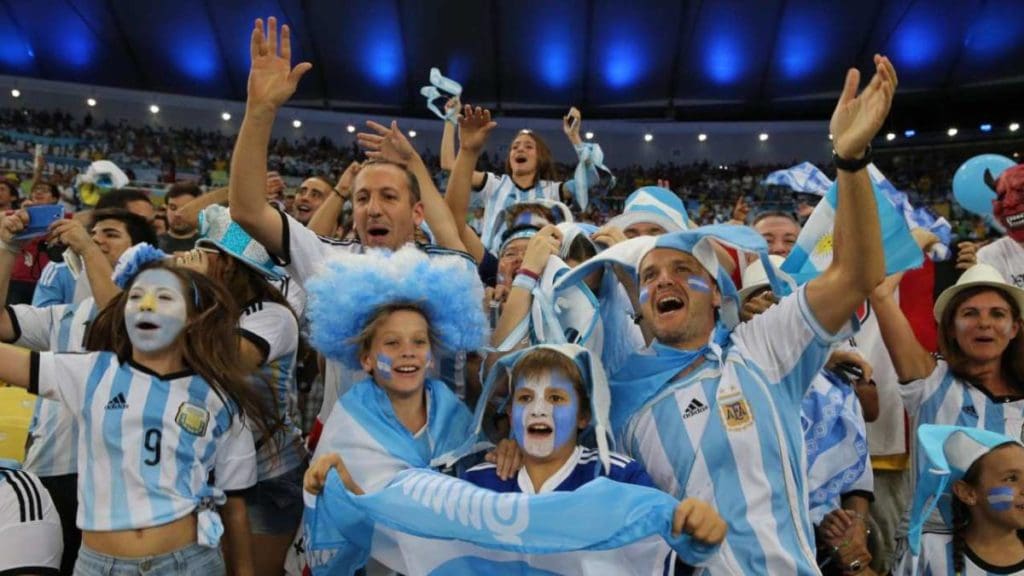The Biggest 5 football clubs of Argentina
Whether you are in Argentina simply visiting and thinking of supporting a local football team, but you are not sure who to pick, well hopefully the below will give you the necessary information to make your choice.
I should clarify that this blog only looks at “The Big 5”, the five most successful clubs in Buenos Aires. If you are the kind of person that always routes for the little guy in a fight, and are not concerned about winning trophies then you might prefer to support one of the smaller teams.
Boca Juniors
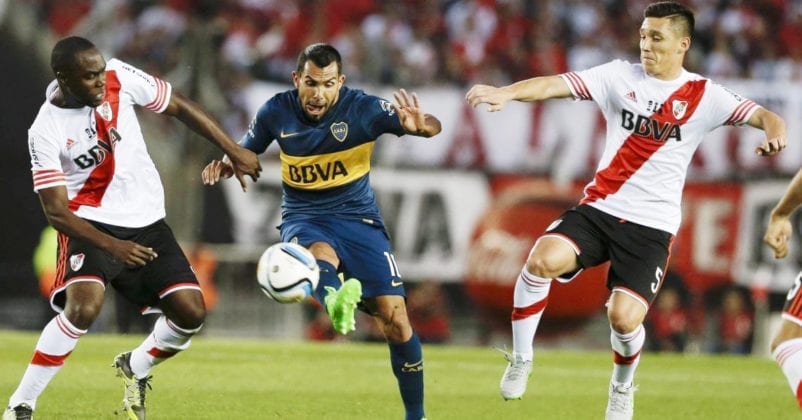

Boca Juniors are the “team of the people” with more fans than any other in Argentina. If you choose to support them, you’ll be in good company.
Originally set up by a group of Italian immigrants in the working class neighbourhood of La Boca, they are one of the few teams to not to have moved grounds over the years and still play there today.
According to legend Boca obtained their distinctive blue and gold colours after the founding players agreed to take the colours of the next ship arriving in the port. As fate would have it that ship was flying a Swedish flag and hence la azul y oro were born.
If you are living downtown or San Telmo they are probably your “local” team. Their football stadium, La Bombanera, is renowned for its atmosphere, so you will probably be able to hear the matchday celebrations from your apartment.
Boca have had a series of greats play for them, but without doubt their most famous son is Diego Maradona, so if you have some connection to the worlds finest player, then Boca might be your choice.
Why should you not support Boca?
For me, Boca are the default team. If you are in a hostel and you ask an Australian backpacker who he likes, chances are he will say Boca and proudly show you his Boca top. It’s the equivalent of supporting Real Madrid in Spain or Juventus in Italy (although better than supporting Chelsea in England – is there any equivalent to that!)
That’s not to say they don’t have diehard fans, because by god they do, but when Timeout lists “become a Boca fan” as one of the things to do in Argentina, any self respecting football fan would need to reach for the sick bucket.
The other issue with Boca is, unless you are willing to break the bank with a tour company, good luck getting a ticket for the home games. To get tickets on general release you have to be a socio (member). After that they sell all remaining tickets to tour companies, and these tour companies charge between 10-20 times the retail price of the ticket.
Even if you do go with a tour company, you will not have the experience of a true hincha, but instead will be safely tucked away in the corner of the stadium with all the other tourists. Oh but you get pizza and beer with that ticket don’t you? Well, yes if you consider some drab slice of undercooked bread with enough plastic cheese to fill La Bombanera “a pizza”, then sure you get some pizza.
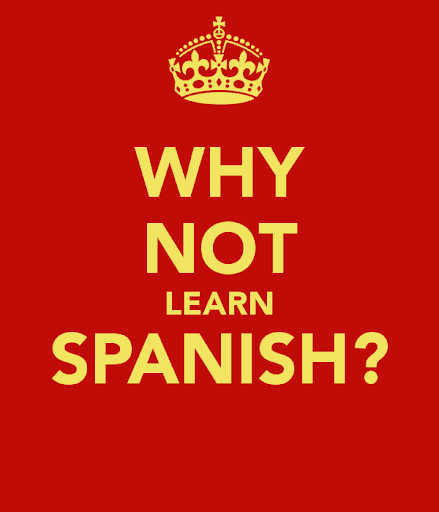

The final reason not to support Boca, is that (historically anyway) their style of football is a stain on the beautiful game. Yes over the years they have had some of the worlds finest in their ranks, but they are also no strangers to “dark arts” of the sport, and its no surprise to see opponents leaving the field in a stretcher.
Perhaps the last point could be a reason to support them. They are unashamed of their working class routes and perhaps this is reflected in their style of play. People can go to the theatre in Nunez, but in La Boca you need grit in your stomach to succeed.
River Plate
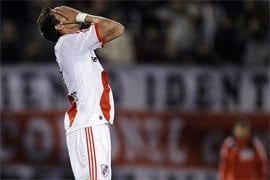

River Plate started out near La Boca neighbourhood (along with their rivals Boca), but in the thirties moved to Nunez, a middle class neighbourhood north of the city. If Boca’s style reflect the gritty reality of their surroundings, then River’s style may also reflect the beauty and elegance you would expect of a leafy middle class suburban neighbourhood.
As one of their hinchas told me “its not enough to win, we want to win with style”. Their approach to the game is without doubt the best reason to support them.
I suppose another reason to support River is if you live North of the city (Palermo, Belgrano, Nunez etc) then they are probably your local team. That and their stadium, “El Monumental” is perhaps the only one where you won’t feel a thread of trepidation getting to/standing outside.
Why should you not support River?
Well, ultimately the battle between River and Boca is one of a class war. Granted not everyone who supports River is middle class and not everyone who supports Boca is working class, but symbolically and historically that’s the case.
If you support River, or as the call themselves, “Los Millionarios”, you are supporting the already privileged. Metaphorically speaking it’s like watching Robin Hood Prince of Thieves and hoping Alan Rickman defeats Kevin Costner (ok Alan Rickman is pretty cool, but you get the message).
You can also apply alot of the reasons not to support Boca to River – tickets are difficult to get (although easier than Boca), they have a substantial fan base and you are never really going to be the underdogs.
Racing
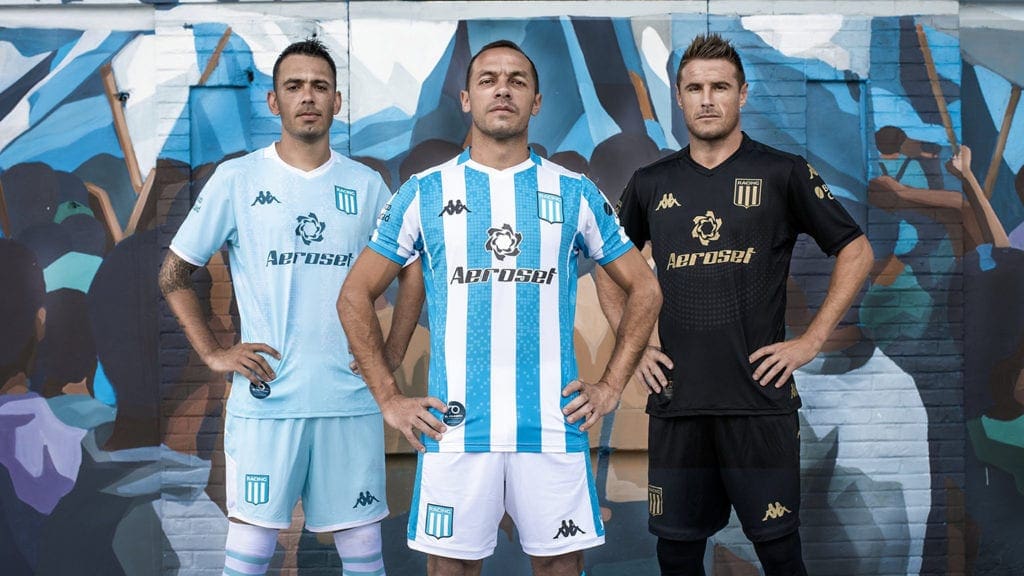

Well, to start, picking someone other than Boca or River means you’re in a minority. Over 70% of Argentine football fans support the big 2, so supporting someone else will at least give you some credit in the eyes of the locals.
Racing are affectionately know as “La Academia” due to a number of Argentine internationals that have come from their youth team.
Racing were established in 1905 after two local clubs merged (Club Barrancas and Colorados Unidos). Unable to agree on a mutually acceptable name, they finally settled a term they saw in a French sports magazine (Racing Club).
The club has had a rollercoaster ride since it’s inception. Between 1913 and 1919 they won the league 7 times, in the 30’s and 40’s they didn’t win a title, in the 50’s and 60’s they had both domestic and international success, in the 70’s they were relegated, in 1988 they won the Supercopa Sudamericana and then in 1998 they nearly went out of business.
But the ride didn’t stop there, bankrupcy and near extinction seemed to unite the fans and players, and with a financial abyss approaching, Racing managed to win the Championship in 2001. They subsequently repeated this feat in 2014 and are the current Apertura champions.
So I guess, in a round about way, what I am saying is that there is never a dull day with Racing, and I suspect the story has a few more twists and turns in the near future.
Racing also make up one half of the Clasico de Avellaneda. The superclasico might be more famous, but this one comes with an equally verocious atmosphere.
Why should you not support Racing?
Well Racing (and Independiente) are both based in the town of Avellaneda, and whilst it is within Greater Buenos Aires, it’s not that close to the center, or, somewhere an extranero would really want to visit.
Also Racing are still not financially out of the woods, so to speak. You might find yourself getting all the kit and memorabilia only to need a new team in a few years time. That said, outside of Boca and River that can be applied to any Argentine team, and hell, if the creditors do finally put them to the sword, at least you’ll have some collectors items.
Independiente
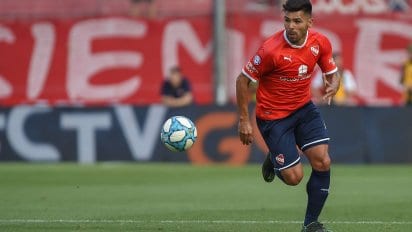

Independiente make up the other half of the Clasico de Avellaneda. In 1904 a store in Montserrat, set up a team called Maipu FC. The workers in the store were allowed to watch the team, but not play for them. Unsatisfied with only sitting on the sidelines, the workers set up their own independent team simply called Independiente.
Independiente originally played in white but in 1907, inspired by seeing Nottingham Forest play, the then President of Independiente decided that the team should wear all red and hence El Rojo Diablo (The Red Devil) was born.
Independiente also hold the nickname Rey de Copas (or King of Cups), which they earned during 60’s and 70’s, when the club won 7 Copa Libertadores titles. River have the most national titles, Boca the most fans, but Independiente can (and do) proudly claim to have the most international titles.
Like their closest rivals Racing, Independiente have also come dangerously close to extinction. During the 90’s Independiente were spending significantly more than they earnt, and by the early 2000’s they had to go into receivership. In 2006 their financial problems were eased somewhat when they sold Sergio Aguero to Atletico madrid for 26 million euros.
But the darkest day football-wise was yet to come. In 2013, after a series of struggles on the pitch, Independiente were relegated to Primera B. It was the first time in the clubs history they had been relegated.
Independiente have since turned it around and are back in the Primera A division So perhaps this is a good time to support the club – like buying shares in an old company that has been going through troubled times, it’s surely going to rebound, right? I’m not sure, you’ll just have to belief!
Why should you not support Independiente?
Well they have the same issues that Racing have, they are out of town and their financial future is still uncertain. That and alot of their hinchas sound like the old drunk man in the corner of the pub, rolling out stories of his achievements “back in the day”.
Perhaps that’s a low blow. Every football fan has been doing that since they were 5 years old. They are either doing that or talking about the one that got away, “Greig, Blanchflower brothers, man if it wasn’t for injuries we could have won the 58 World Cup”. 10 points if you get that last reference
San Lorenzo
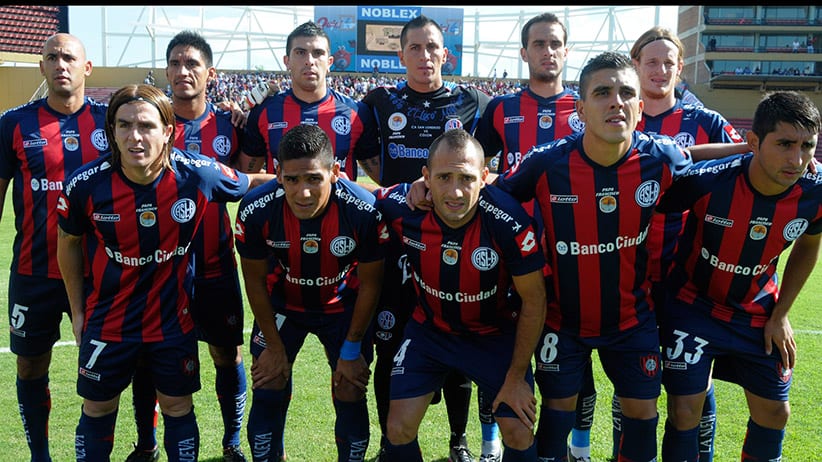

Well when I spoke to a passionate San Lorenzo fan shortly after I arrived, he gave me 3 reasons why I should support San Lorenzo. “Firstly we are the Copa Libertadores champions, secondly we have the Pope, thirdly we have the best hinchas”.
All good points, but supporting San Lorenzo because of their Copa Libertadores success seems a bit perverse. Yes they are the champions, but before last June they were famous for being the only team in the Big 5 not to have won it. Infact San Lorenzo were often referred to by other fans as Sin Libertadors (Without (winning the Copa) Libertadores).
I guess, for me anyway, the romance behind San Lorenzo was in fact their years in the wilderness, and by wilderness I am not just talking about the trophies.
San Lorenzo truly are the nomads of Buenos Aires. In 1979, one of the darkest periods in Argentine history, they were forced by the military junta to sell their stadium. For 14 years they had to move around the city renting grounds from other teams, whilst their beloved Viejo Gasometro was being demolished. However 2 years ago they won a court case, so that Carrefour would have to sell their old grounds back to them. This ruling, was the first success in what would be a golden period for the club.
Having undergone the emotional rollercoaster of the dark days, the almost years and perennial disappointment, in 2014, they finally got the dragon of their back and won South America’s most prestigious trophy.
It was just reward for the loyal hinchas who had never stopped believing one day they would be Copa Libertadores champions. Ofcourse if any team should be able to keep the faith, it would have to be San Lorenzo.
San Lorenzo were set up by a priest in 1908 after he saw a young boy killed by a tram when chasing a ball. The team were going to be named after Father Lorenzo Massa, but not wanting to take the credit he instead suggested they should be named after St Lawrence (who played an integral part in the war of independance).
Furthermore, in keeping with the religious theme, one of their lifelong fans, Jorge Bergoglio, was ordaned Pope Francis in 2013. Is it weird that they won the league and Libertadores shortly after?
Ofcourse Papa Francisco is not their only celebrity supporter, Viggo Mortensen and Novak Djokovic are both card carrying socios.
I guess the final and significant reason to support San Lorenzo, is that you can get tickets at local prices. The shop is on 1369 Avenida de Mayo, only a few blocks from the Spanish School. When you get there you will not be segregated off from the other fans (a la Boca), but instead right in the mix.
Why should you not support San Lorenzo?
Well, the only real reason I can think of is you are picking a team that has just won the Libertadores. You can only really go down from here.
Getting to the end of our blog:
Boca Juniors:
- The rivalry between Boca Juniors and River Plate, known as the Superclásico, is one of the most heated and celebrated rivalries in world football. The ambiance in La Bombonera during a Superclásico is a spectacle, with fans creating a sea of blue and gold, exhibiting an electrifying atmosphere that resonates across Buenos Aires.
- Boca Juniors has a rich history in international competitions, with multiple Copa Libertadores titles to their name. The club’s passionate fan base and competitive nature have made them a symbol of Argentine football on the global stage.
River Plate:
- River Plate’s youth academy has a reputation for nurturing some of Argentina’s finest talents. Players like Alfredo Di Stéfano, Ariel Ortega, and Radamel Falcao are products of River’s youth system, showcasing the club’s commitment to developing the next generation of football stars.
- The club’s sophisticated football philosophy and elegant playstyle mirror the cultural and architectural elegance of the Núñez neighborhood, embodying a sense of pride and tradition cherished by its supporters.
Racing:
- Racing Club’s stadium, Estadio Presidente Juan Domingo Perón, known as “El Cilindro,” holds a unique atmosphere that encapsulates the club’s rich history and the passionate support of its fans.
- Racing’s rivalry with Independiente in the Clásico de Avellaneda is one of the oldest and most traditional derbies in Argentine football, depicting the club’s strong local roots and community engagement.
Independiente:
- Independiente’s incredible run in the 60’s and 70’s in the Copa Libertadores is a hallmark of Argentine football history, showcasing a period of dominance that has left an indelible mark on South American football.
- The resilience shown by Independiente during financial crises and on-field challenges epitomizes the never-say-die spirit of its supporters, who are known for their unwavering loyalty and passionate backing.
San Lorenzo:
- San Lorenzo’s journey back to reclaiming their original grounds resonates with the narrative of overcoming adversity, a story that has become synonymous with the club’s identity.
- The club’s connection to Pope Francis has brought a unique and divine touch to its fan base, encapsulating a sense of spiritual and footballing communion that binds the community together.



